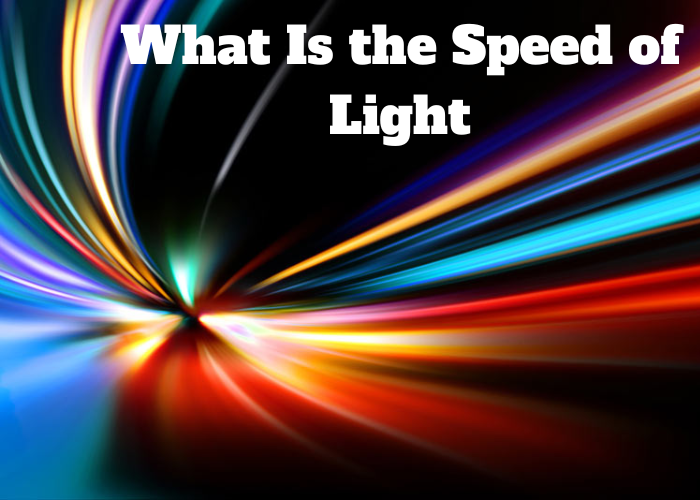Did you know that the speed of light is 186,000 miles per second? That’s pretty fast! In this blog post, we’ll discuss what the speed of light is and why it’s so important. We’ll also explore some of the amazing things that have been accomplished because of this speedy little number! Stay tuned!
How Fast Does Light Travel
How fast does light travel? The speed of light is always the same, no matter who is measuring it or how they are doing the measurement. The speed of light in a vacuum is 299,792,458 meters per second. In 1887, Albert Michelson and Edward Morley performed an experiment to measure the speed of light. The equipment they used was not sophisticated by today’s standards, but their results were very accurate. Today, we can measure the speed of light much more accurately using lasers and other devices. The speed of light is a very important constant in the universe. It determines how we see things and how information travels from one place to another. Without the speed of light, we would not be able to see the stars or communicate with each other. How fast does light travel? The answer is always the same: 299,792,458 meters per second.
What Affects the Speed of Light
Many people think that the speed of light is a constant, but in fact it can be affected by a number of factors. One of the most important is the medium through which light is travelling. For example, light moves more slowly through water than it does through air. This is because the molecules in water are much closer together than the molecules in air, and they interact with the light waves as they travel through the medium. This causes the light waves to slow down. Another factor that can affect the speed of light is the wavelength of the light. In general, shorter wavelengths travel faster than longer wavelengths. This is why blue light appears to move faster than red light – because blue light has a shorter wavelength than red light. Finally, the speed of light can also be affected by gravity. Stronger gravitational fields cause light to bend and curve, which can make it appear to move more slowly. However, even in a strong gravitational field, the speed of light remains incredibly fast – just under 300 million metres per second!
How Has the Speed of Light Been Measured
One of the most important discoveries in the history of physics is that the speed of light is constant. This discovery was made in the mid-19th century by a group of scientists led by French physicist Armand Fizeau. Using a rotating mirror, Fizeau and his colleagues were able to measure the time it took for light to travel between two points. They found that the time was always the same, regardless of how fast the mirror was moving. This experiment proved that the speed of light is always the same, no matter how fast or slow an object is moving. Since then, other experiments have confirmed this result, and the speed of light has become one of the fundamental constants of physics. It is now used to define the meter, which is the base unit of length in the International System of Units (SI). The speed of light is also central to Albert Einstein’s theory of relativity, which revolutionized our understanding of space and time.
What Are Some Applications of the Speed of Light
The speed of light is one of the most important physical constants. It determines how information travels between particles, how long it takes for light to reach us from distant stars, and how much energy is required to move matter at high speeds. While the speed of light is a universal constant, its value is not always the same in different situations. For example, the speed of light in a vacuum is always the same, but the speed of light in water or glass is slower. The speed of light also changes when it moves from one medium to another, such as from air to water. These different applications of the speed of light are what make it such an important part of our lives.
Conclusion:
What is the speed of light? This may seem like a simple question, but it actually has a complex answer. Light travels at a constant speed in a vacuum, and this speed is known as the speed of light. It’s been measured to be about 186,000 miles per second. But what does that mean for us here on Earth? And why is the speed of light so important? We’ll take a closer look at these questions and more in our next blog post. In the meantime, let us know what you think – do you think knowing the speed of light matters for everyday life?

